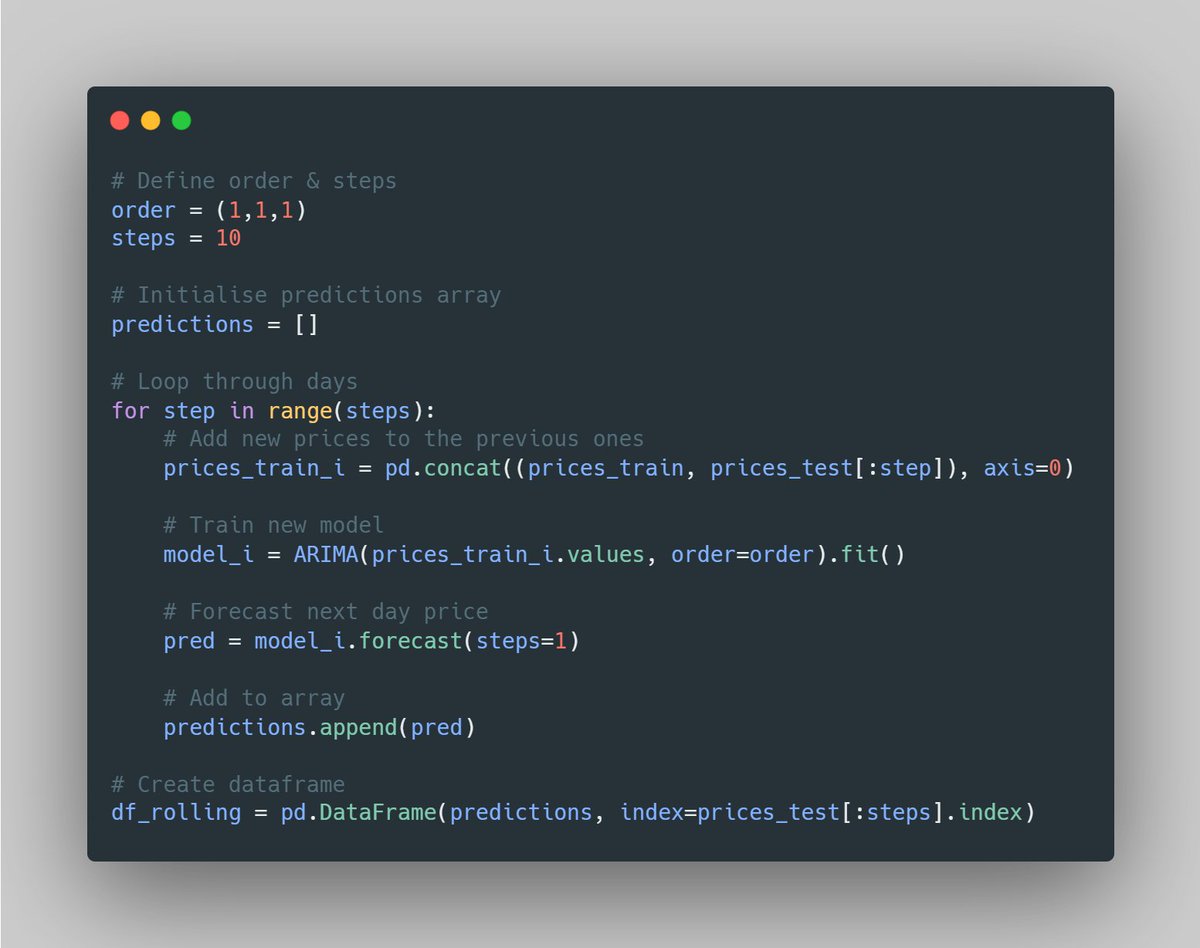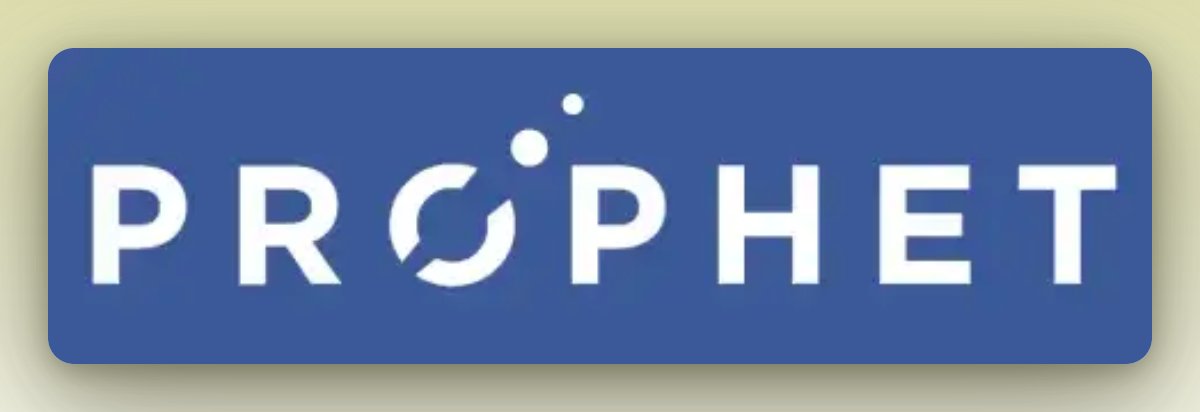
Let's talk about nomenclature in Time Series Forecasting ✏️
🧵 THREAD 🧵
#MachineLearning #DataScience #Python
🧵 THREAD 🧵
#MachineLearning #DataScience #Python
Time series data is a sequence of observations taken at specific time intervals. To understand it, we need to establish some key terms.
The current time is represented as t.
The observation made at the current time is represented as obs(t).
The observation made at the current time is represented as obs(t).
We often look at observations made at prior times, known as lag times or lags.
These are represented by negative numbers relative to the current time, e.g. t-1 for the previous time and t-2 for the time before that.
These are represented by negative numbers relative to the current time, e.g. t-1 for the previous time and t-2 for the time before that.
On the other hand, times in the future are represented by positive numbers relative to the current time, e.g. t+1 for the next time and t+2 for the time after that.
These are what we're interested in forecasting.
These are what we're interested in forecasting.
To make things simple, we often drop the obs(t) notation and use t+1 instead.
We also use shorthand such as a lag of 10 or lag=10 to refer to an observation at a lag.
We also use shorthand such as a lag of 10 or lag=10 to refer to an observation at a lag.
📢 TL;DR
▶️ t-n represents a prior or lag time
▶️ t represents the current time and point of reference
▶️ t+n represents a future or forecast time
▶️ t-n represents a prior or lag time
▶️ t represents the current time and point of reference
▶️ t+n represents a future or forecast time
Understanding these standard terms is crucial for navigating time series data and making accurate predictions.
Please 🔁Retweet the FIRST tweet if you found it useful!
🔔 Follow me @daansan_ml if you are interested in:
🐍 #Python
📊 #DataScience
📈 #TimeSeries
🤖 #MachineLearning
Thanks! 😉
🔔 Follow me @daansan_ml if you are interested in:
🐍 #Python
📊 #DataScience
📈 #TimeSeries
🤖 #MachineLearning
Thanks! 😉
• • •
Missing some Tweet in this thread? You can try to
force a refresh










